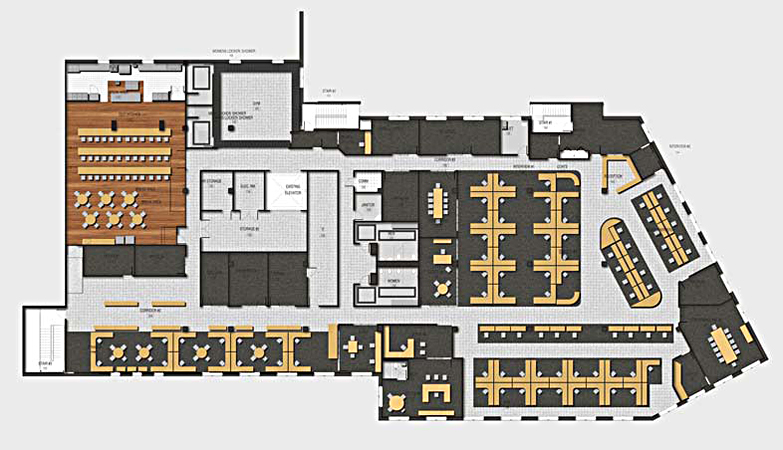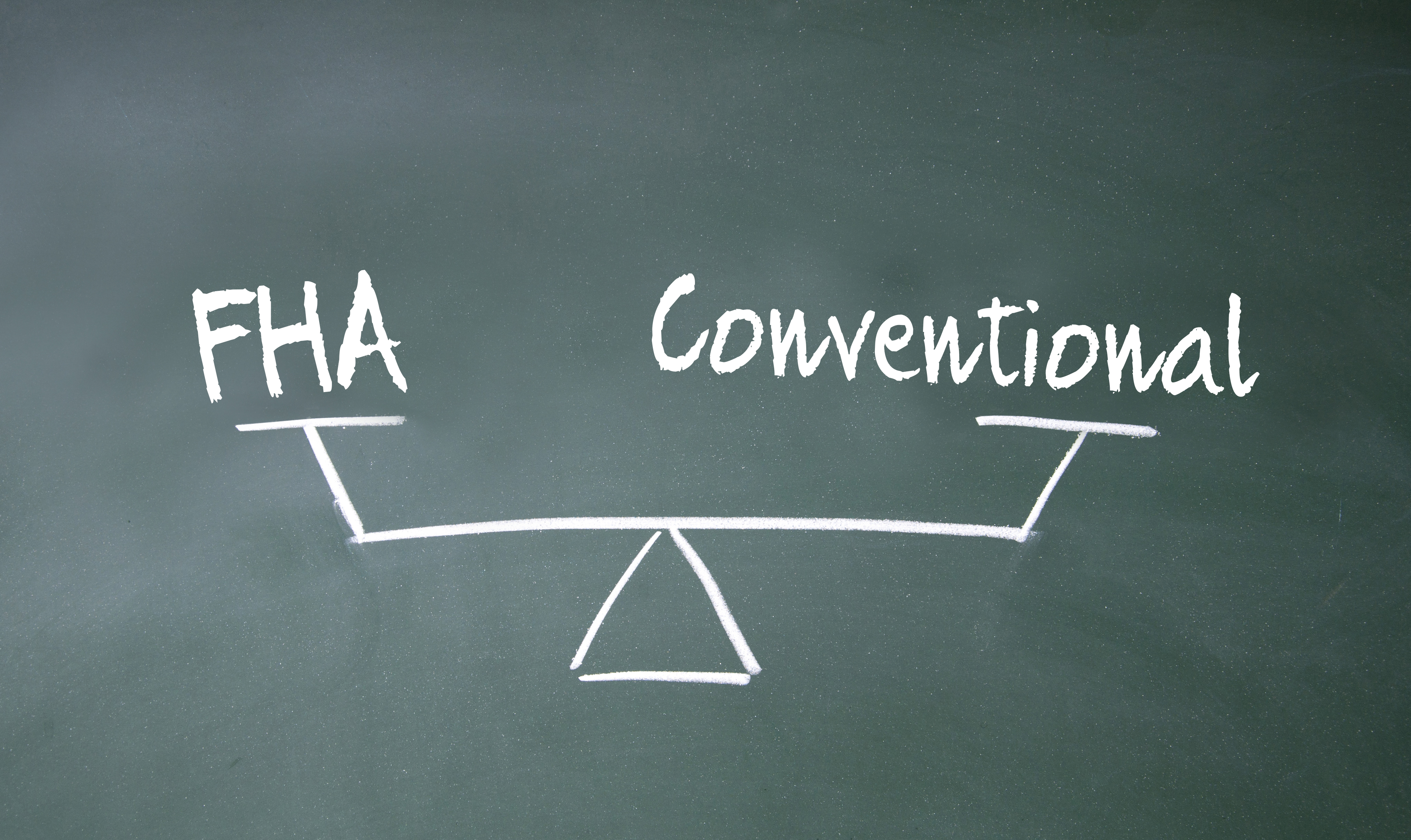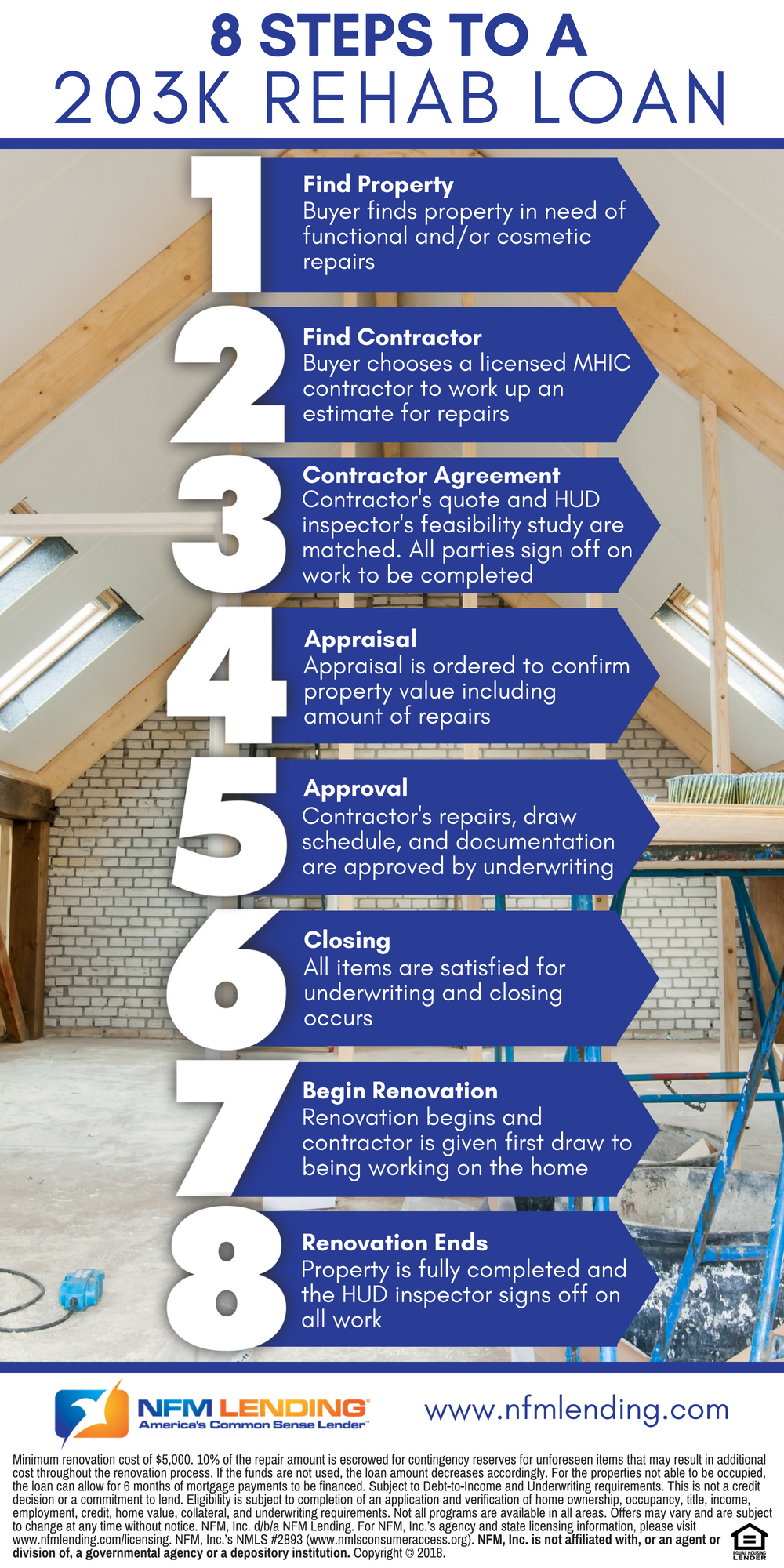Benefits Of Buying Multifamily As First Home With FHA
Table of Content
One point of view is buying a primary residence, but looking to make the payment easier using rental income. Alternatively, a buyer’s primary focus may be towards purchasing investment property and does not mind living in the house. Either way, buying a multifamily home as a primary residence has huge advantages and is an easier way to build a rental portfolio.

If you are unemployed or have a disability, you can rent out rooms in a single-family home. An FHA loan can be used to purchase a primary residence, meaning a property the owner intends to live in for most of the year. Typically, the Federal Housing Administration will only back funding for properties that fit the definition of a single-family home . Many consumers, though, view multi-unit properties as multifamily homes because of the potential to rent to multiple tenants. Minimum payments on revolving lines of credit like credit cards will also be considered.
Can You Buy a Multi-Family Home With FHA Financing?
Jumbo loans can provide financing higher than your area’s loan limits, but with this often comes higher credit score and down payment requirements, and a higher interest rate. If a jumbo loan sounds like it could be a good fit for your needs, it’s worth researching whether it will truly cost you more. In the real estate world, a multifamily home is a residential property with five or more units, such as an apartment building, condo or townhouse. Department of Housing and Urban Development , you can obtain an FHA multifamily loan to purchase a property fitting the definition of five or more units. Real estate investing is a major part of many investment portfolios, especially those maintained by accredited investors. Of the many types of asset classes that you can hold, multifamily properties are one of the most popular, given their ability to generate somewhat predictable and routine net operating income.

Three units — a three-unit property treated as a single-family home. FHA loans are a federally supported program that allows persons with a low down payment, bad credit, or other financial challenges to purchase a home. We do not offer or have any affiliation with loan modification, foreclosure prevention, payday loan, or short term loan services. Neither FHA.com nor its advertisers charge a fee or require anything other than a submission of qualifying information for comparison shopping ads.
Browse Questions About Mortgage Topics
This allows you to roll the cost of a renovation into a refinance or purchase. The down payment requirement for FHA loans is at least 3.5% if your credit score is higher than 580. If you fall into the 500 to 579 range, you will need to put down 10%.

Purchasing a multi-family property is usually a major investment. Having a non-occupying co-borrower can help you qualify for a loan that you might not have been able to get on your own. It is important to remember that the non-occupying co-borrower is not an owner or occupant of the property, so they will not have any responsibility for the property after the loan is closed. You must live in the house you are planning to buy as your primary residence.
Buying a Multi-Unit Home With an FHA Mortgage
In summary, if you are considering buying a multifamily home, there are amazing low down payment loan options. If you’re looking to buy a multifamily home in the form of a property with no more than four units, you’ll only need to apply for an FHA residential loan. Typical lending requirements for an FHA loan include a credit score of at least 580 and a debt-to-income ratio below 45% for the best chance of qualification. Lenders also typically require an appraisal of the property being purchased. Investing in a multifamily property is a great way to grow your real estate portfolio and bring in additional income. Owning multifamily properties can be a small endeavor or large undertaking, depending on the number of rental units that the property contains.

The FHA multifamily loan can be used to fund a wide range of construction projects, acquisitions, major repairs, and refinancings. An FHA loan can also be used to purchase or relocate a health care facility, a co-op, an elderly housing facility, or a special needs housing facility. Under the Section 223 program, the Federal Housing Administration guarantees a mortgage term of up to 35 years.
A good general guideline here if you wish to buy a multifamily home is to keep your overall DTI below 43%. However, the exact DTI requirements that you’ll need to meet will depend on the type of loan that you’re considering getting. Before you jump into the buying process, you’ll want to find out if you qualify for a mortgage on a multiunit property.
The mortgagee must check and record that three months of principal, interest, taxes, and insurance are available for 3 to 4-unit properties. Property taxes, insurance, mortgage interest, repairs and improvements, and advertising your home for lease can all be deducted as expenses. You’ll need to supply your tenants with a lease that meets local and state laws, as well as collect rent and respond to requests in order to keep the property.
Among real estate investors, multifamily units are highly sought. It takes a lot of time and works to put together a successful portfolio. Investors appreciate the fact that one transaction may result in the addition of four additional units to their portfolio without much effort. Commercial Investors – The FHA also offers commercial lending programs that may suit your financing requirements. According to the FHA, a non-owner-occupied multifamily residence is one with five or more units.

If you are considering purchasing a second home or investment property, you must take this into account. Some mortgage lenders set even higher credit requirements for borrowers planning to use an FHA loan to buy a duplex. In order to qualify for the low 3.5% down payment option, borrowers must have a credit score of 580 or higher.
An FHA multifamily loan is a loan made by a lender and insured by the Federal Housing Administration to purchase a property with five or more units. Occupancy is a requirement for any property you buy with an FHA single-family mortgage loan whether you are a first-time buyer or not. FHA loan rules require a minimum of 3.5% down, though seller contributions to closing costs can help a new borrower better afford that down payment. A 203 loan, also known as a rehabilitation loan, is used to buy uninhabitable properties, or properties that need to be repaired to HUD standards. A 203 purchase loan includes additional funds for property rehabilitation and improvements after closing.
This makes the property your primary residence and can qualify it for FHA financing. Another really important item to note here is that you can only use rental income to qualify for the purchase of a multifamily home after a vacancy factor is applied. The vacancy factor accounts for the fact that if a tenant gives notice, you may have a period of time during which a rental unit is unoccupied while finding a new tenant. To compensate for this, you can only use 75% of your multifamily property rental unit income to qualify for the mortgage. As a rule of thumb, expanding your real estate investment portfolio is key to success if real estate investing is your passion. Note that investing is generally active or passive in nature – and that purchasing a multifamily property is a form of active investing.
Front-end DTI, also called the housing expense ratio, looks at how much of your monthly income you spend on your mortgage payment alone . For example, if you make a monthly income of $5,000 and your mortgage payment in total is $1,200, your housing expense ratio is 24%. Your back-end ratio takes into account your mortgage payment plus all of your other existing debts including car payments, student loans and minimum credit card payments.

But an investor who does not plan to live in the property is typically limited to conventional financing. Loan TypeMax % of Appraised ValueConventional Loan70%With a successful rental situation, owning a multifamily home may be one of the best ways to quickly and affordably build an investment portfolio. HUD’s Section 811 helps provide financing to purchase rental housing for low-income disabled adults. The program also provides rental assistance to state housing agencies to keep costs low for potential tenants. HUD’s Section 202 will help finance the purchase or refinance of properties used to provide housing for low-income elderly people.
Comments
Post a Comment